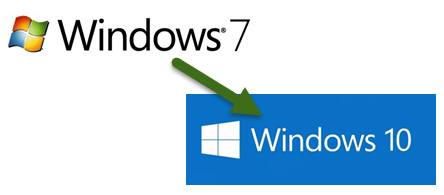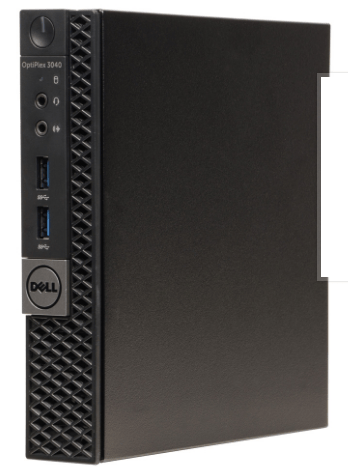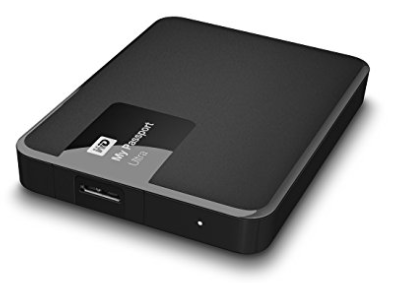Windows 7 – Time’s Up

Windows 7 – Time’s Up: a reader asks…
I’ve been putting this off for so long – upgrading my computer. I still have Windows 7 running on my desktop PC at home. So, quick question: how long have I got before I absolutely have to upgrade?

I’d call this epic procrastination, my friend. Windows 7 has been around a long time, and Microsoft ended ‘mainstream’ support for it years ago (like in 2015). Except for pay-through-the-nose enterprise clients, Microsoft will stop with even the most basic security updates in January 2020. At that point, you are at the mercy of hackers worldwide. They don’t have much in the way of mercy btw, so consider January 2020 as your deadline to upgrade.

But there’s another deadline to consider that’s even closer. Microsoft put out a warning in February 2018 that says your installation of Windows 7 must have a certain security update installed by July 2019 or your PC won’t be able to receive further security updates. If you’re not already running the SP1 version of Windows 7, you won’t get that through the standard Windows Update feature. So if your Windows 7 installation is the initial release and you haven’t updated it, your deadline to replace your PC is this summer.
Yes, you read that right – replace your PC. It is likely that your old PC won’t run Windows 10 if you tried to upgrade it. Even if it could run Windows 10, it likely would run pretty darn slowly, and you could expect lots of other problems. So rather than upgrade your old PC, it’s time to replace it with a new(er) PC.
Beware of the plethora of cheap brand-new PCs – most often their specifications are just barely going to run Windows 10. That’s going to cause frustrations and near-future problems for you going forward. If you’re on a tight budget, then by all means you should take a look at refurbished PCs. You can find well-appointed, refurbished computers online or in many stores that sell new PCs. There are a ton of these on the market as businesses upgrade their computers and surplus the older PCs. Companies like Microcenter buy these computers, refurbish them and sell them for significantly less than a new PC of the same specifications.

I particularly like the Dell Optiplex line of refurbished PCs for home users (not gamers). You may have to do some searching around, but look for your new PC with the following specifications in mind:
- an Intel iCore processor (i3, i5, or i7)
- at least 8gb of RAM (16gb would be better)
- a solid-state hard drive large enough to meet your needs (see note below)

Once you find one, by all means buy it and set it up (see tips in my library). While you’re buying, get yourself an external hard drive (like the handy My Passport line), which makes transferring your personal files over much easier, and doubles as a backup drive for your new PC.
Note: If you can’t find a suitable PC with a large-enough solid-state drive, you can easily purchase a 2.5″ SSD such as this 1tb Crucial model for $135, and a SATA-to-USB adapter (such as this one for $15) and transfer the entire operating system from the hard drive it comes with to the new hard drive. More details on how to do this in my article: Make My Laptop Faster (also works for desktop PCs).
This website runs on a patronage model. If you find my answers of value, please consider supporting me by sending any dollar amount via:
or by mailing a check/cash to PosiTek.net LLC 1934 Old Gallows Road, Suite 350, Tysons Corner VA 22182. I am not a non-profit, but your support helps me to continue delivering advice and consumer technology support to the public. Thanks!








Pingback: New PC Advice - Practical Help for Your Digital Life®
Pingback: Is Windows 7 Dead? - Practical Help for Your Digital Life®